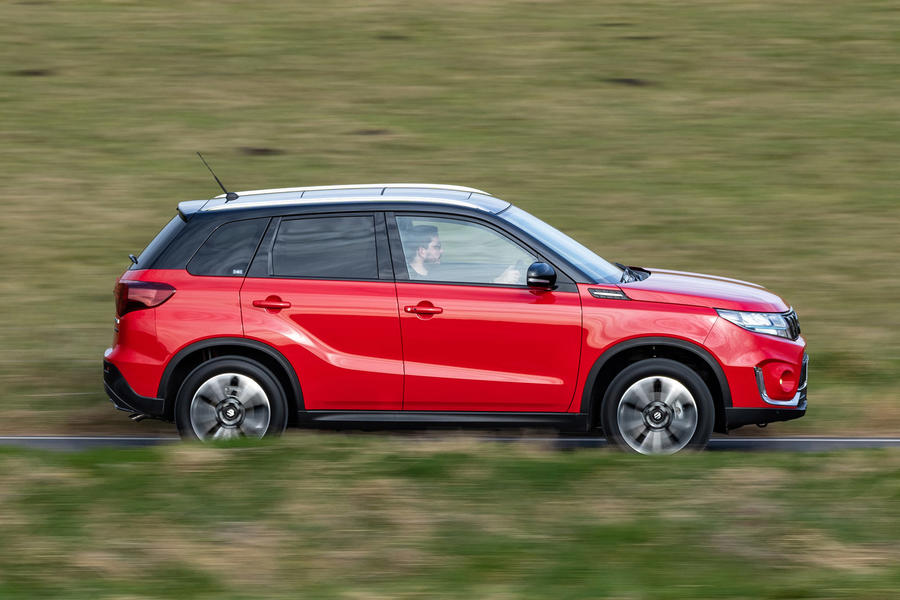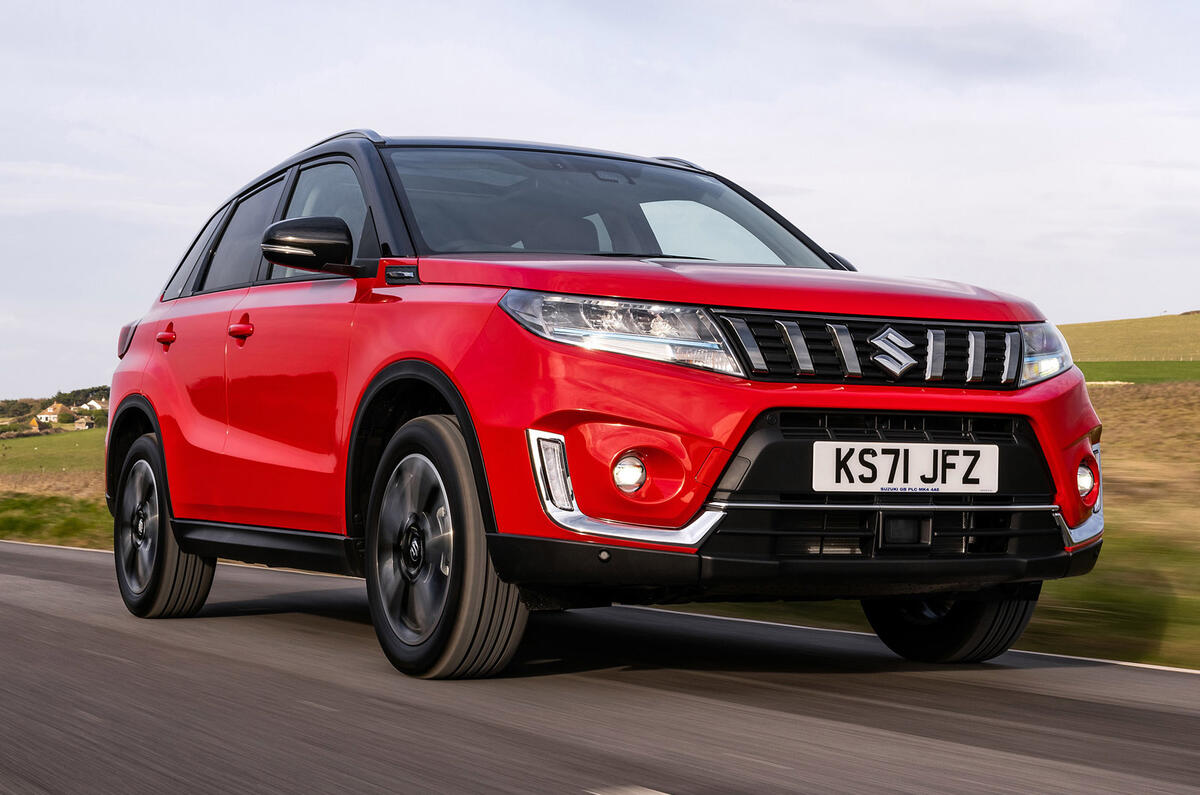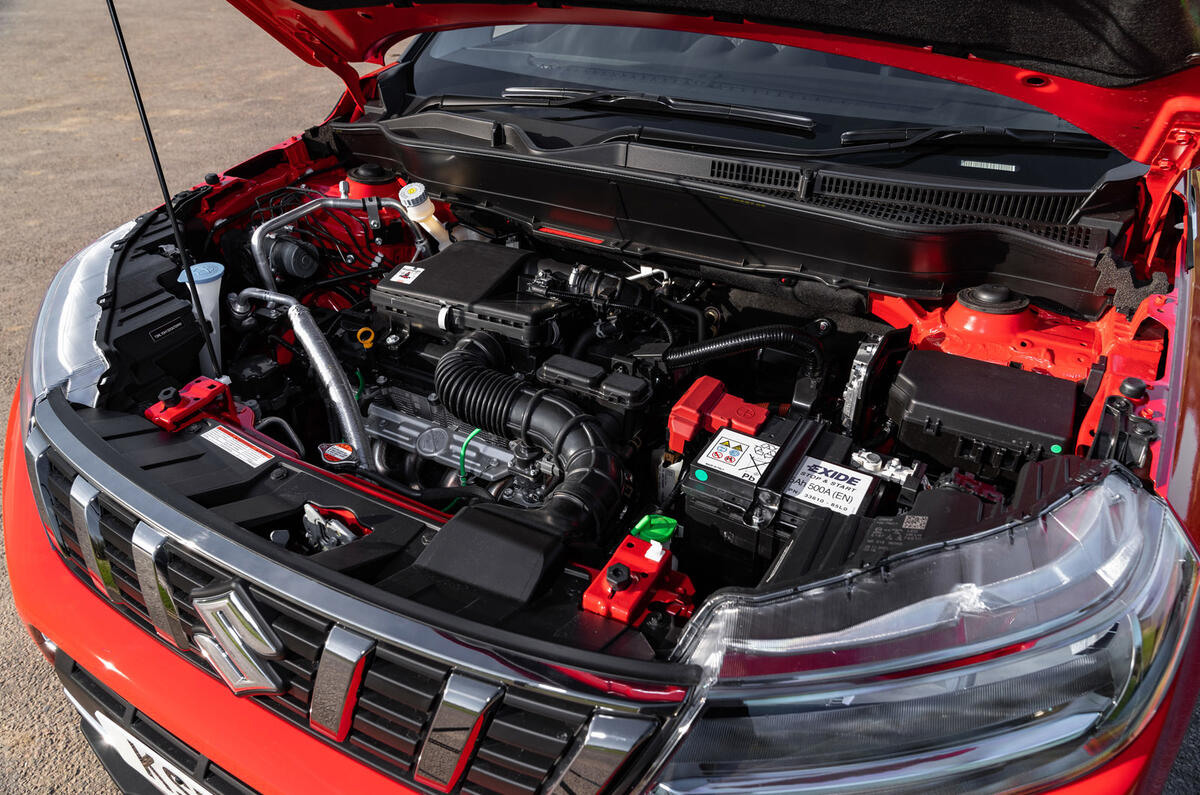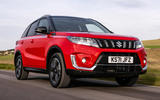What is it?
With mechanical homogeneity looming as everything becomes based around skateboard-style EV platforms, engineers seem to be seizing the moment as a final opportunity to go a bit mad with weird and wonderful technical solutions for their new hybrids, and the Suzuki Vitara is another such example.
We’ve seen motors on the rear axle or in the gearbox, Toyota’s planetary gearset, Honda’s pretend CVT and, quirkiest of all, Renault’s four-speed dog 'box. Now here’s another one to add to the collection: Suzuki has revived the much-maligned automated manual for its new Vitara Hybrid.
Suzuki has made the Vitara compact crossover into its second full hybrid model, after the Suzuki Swace. Unlike that rebadged Toyota Corolla Touring Sports estate, the Vitara’s hybrid system is all Suzuki’s own work – and that’s not necessarily a good thing. We would normally applaud Suzuki for charting its own course, because it has applied mild-hybrid power to very good effect in most of its cars, but this full hybrid isn't so convincing.
For one, it doesn’t use the very capable 1.4-litre turbo engine of the normal Suzuki Vitara but an older, naturally aspirated 1.5-litre unit with 114bhp. And that's assisted by a belt-driven electric motor-generator with 33bhp, which is pretty puny for a hybrid. Combined with the fact that it doesn’t add to the peak power output (it just beefs up the power curve at lower revs), this car is actually more like a potent mild hybrid than a full hybrid.
The drive battery’s 0.84kWh capacity is pretty small, too. As already mentioned, all power is fed through a six-speed automated manual gearbox.
Suzuki offers its Allgrip four-wheel drive system as an option on range-topping SZ5 trim.


























































Join the debate
Add your comment
Suzuki is an oddly unpredictable company especially when it comes to engines and automatic gearboxes, raising many questions such as: why was the oh-so popular Jimny lumbered with an old nail of an engine which couldn't pass emissions regulations and why was it then converted to a van rather than giving it the decent engine it always needed? Having ditched the automated manual in the Ignis for a CVT, why has the former now popped up again in this Vitara? When the Swift had a very good torque converter automatic which seemed to give great performance and pretty good economy, why was that swapped for the less popular CVT? It would almost seem that Suzuki can't make up its mind as to which technology it should use, and is not averse to using old stuff that's left lying around. Still, I suppose such questions will become irrelevant when everything has to be battery electric.
Loved our 1.6 Vitara, but boy have things gone down hill with pretty much every Suzuki since